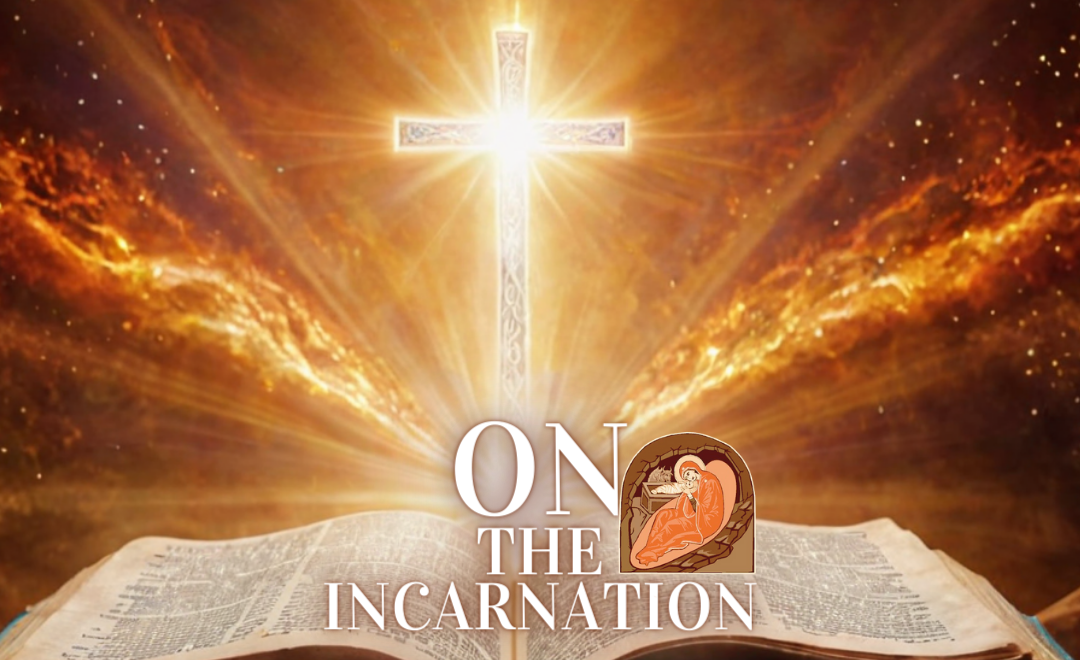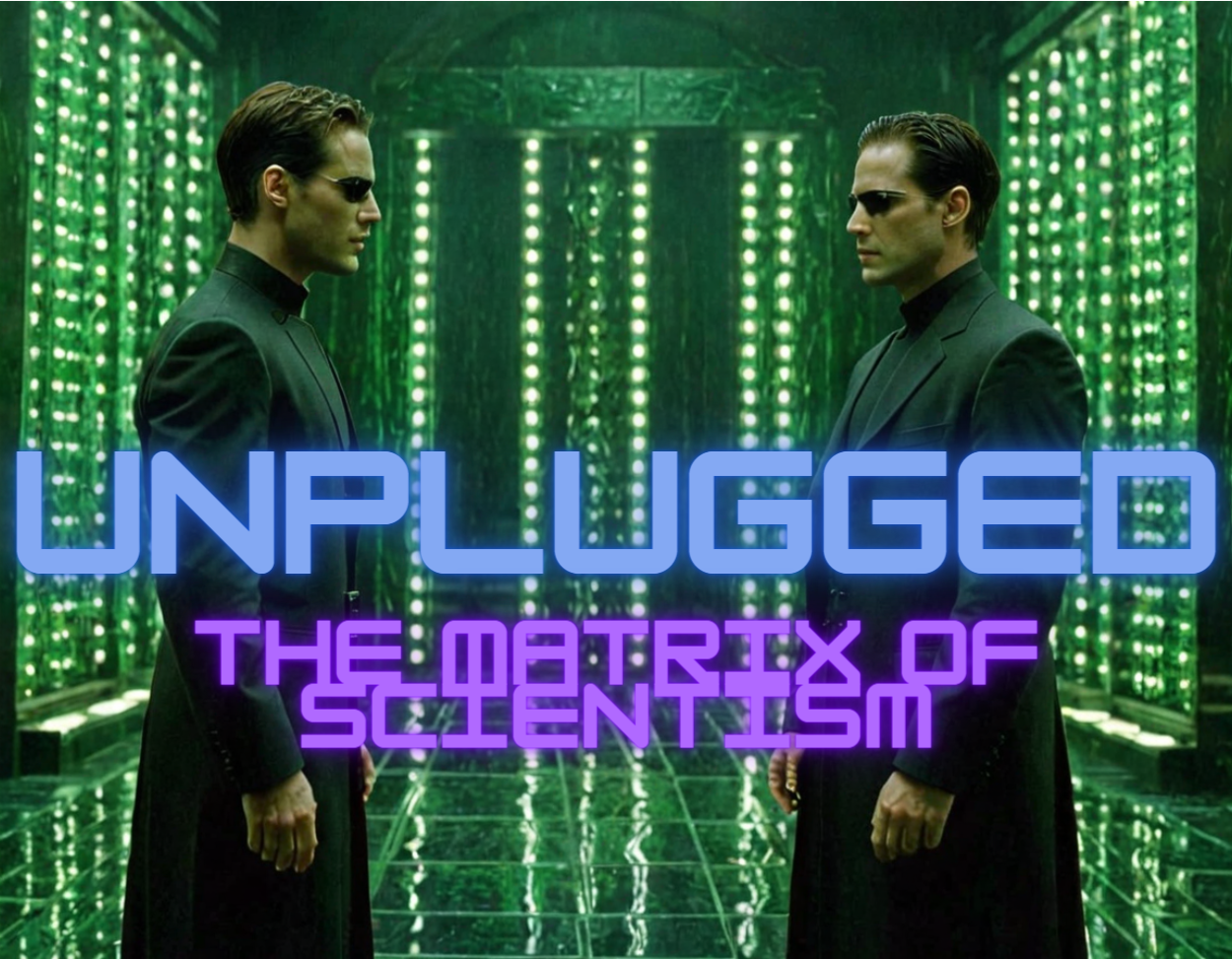We all have difficult moments where we ask existential questions, and when we find an answer, we’re never the same again. For most of us, this moment is tied to meaning and truth. It was the day I asked God to introduce Himself to me, not knowing if he would answer, but He did. Since this post is not about me, I will skip the details and say that when God reveals a glimpse of the truth about Himself, contrast is defined since He also reveals who we are. It’s a cold pill to swallow, especially when you drink it with its complementary cup of humility that teaches us that the truth is what God says and that lies are everything else. If this is becoming too esoteric, there is a point to this post predicated on the existential inquiry of the truth of our origin. I come from an engineering background, but I need to be qualified to refute scientific theories or critique Biblical creation models of the origin of life.
Nevertheless, I want to pose a different question rooted in meaning and truth. Just as I asked God to introduce Himself, I am yet again pondering, but not so much, the scientific and Biblical aspects of our origin, even though we will cover them in relative detail as I attempt to represent each view faithfully. Instead, I am curious about the practicality of the inherent instinct that drives us to care so much about this topic and feel an existential need for an answer. To put it concisely, what is the functional meaning of the origin of life?
Rules of Engagement
To ask the question, we must first set the stage and establish a modest understanding of the two dominant worldviews on the origin of life. Creation and evolution have conflicted for over a century, not only in the intellectual arena but also in significant court battles. The strategy, therefore, is to define each worldview precisely and then explore how each one critiques the other. This helps us construct mosaics for the main ideas to recognize their functions, thus enabling a coherent question predicated on meaning.

The Mosaic of Creationism
There are four major Creation models: Young-Earth Creationism, Old Earth Creationism, Evolutionary Creationism, and Intelligent Design, each led by Ken Ham, Hugh Ross, Deborah B. Haarsma, and Stephen C. Meyer, respectively. Understanding the core idea of Creationism requires an overview of these models, and while this is not an exhaustive analysis, it is a simplified representation of critical points.
Ken Ham argues from historical science that the Bible is a historical document that necessitates literal interpretation, particularly the Book of Genesis, and advocates for a young earth, typically around 6,000 to 10,000 years old.1 He rejects the concept of macroevolution while promoting the model of separate and distinct kinds of organisms that God directly created.2 Hugh Ross integrates observational scientific understanding, precisely from astronomy and cosmology, and aligns it with Biblical teachings.3 He accepts an old age for the earth and the universe and views the days of creation in Genesis as representing longer geological epochs rather than literal 24-hour days.4 Deborah B. Haarsma embraces the idea of the compatibility of evolution and Christianity, accepts the evolutionary consensus on the age of the earth, and argues that evolution reveals God’s creative work.5 Stephen C. Meyer argues that an intelligent designer caused the features of the natural world and rejects the idea of undirected processes.6 He challenges aspects of evolutionary theory, precisely on the origin of biological information.7

The Mosaic of Darwinism
Darwinists define evolution as the change in heritable traits of a population over time. This worldview stems from organic evolution by natural selection, which Charles Darwin presented in 1859 in On the Origin of Species. Since then, this worldview has expanded into Cosmic, Chemical, and Planetary evolution, with organic evolution as its bedrock and the dominant theory within the scientific community.
Darwinists argue that the fossil record, through transitional fossils, provides evidence for the gradual development of life forms, which they use to infer evolutionary change and common ancestry and explain the adaptation and migration of species to new environments.8 They highlight the presence of homologous structures and similarities in the bone structure of vertebrates’ limbs as evidence for the gradual ancestral inheritance of traits.9 They interpret genetic sequence similarities among species and adaptations within populations as supporting arguments for common ancestry.10 Evolutionists claim that vestigial structures, similar to the human appendix or wings of a flightless bird, point towards a history of modification of existing biological features.11
Analysis of Contrasting Paradigms
Understanding the two paradigms sheds light on their differences, but to grasp their fundamental conflicts, we must allow each model to critique the other. Since this is an ongoing debate that involves countless minds, this is a contrasting synthesis of the general points of contention from the perspective of each model. Though not extensive, it should lay the ground for distilling their functional meaning.
Creationists argue that irreducible complexity, gaps in fossil record, genetic diversity of kinds, global flood, and general complexity of organisms are evidence for creation and design. Darwinists maintain that irreducible complexity does not account for the possibility of functional intermediates, the incompleteness of the fossil record does not disprove transitional fossils between major groups, genetic similarities point towards a common ancestor, and that general complexity arises gradually over long periods.
Darwinists argue that the fossil record and transitional forms, genetic similarities, adaptive evolution of species over time, vestigial structures, radiometric testing, and macroevolution represent evidence for evolution by natural selection over long periods. Creationists maintain that transitional forms are inconsistent with the evolutionary prediction of gradual progression, genetic similarities indicate a designer, evidence for adaptation does not support natural selection, operational structures are misrepresented as vestigial, radiometric testing is unreliable, and there is no evidence for macroevolution.
Effect on Science
During my research, I realized that science as a discipline is not predicated in part or whole on either Creationism or Darwinism. If we removed both models and looked at observable findings at face value, genetics, embryology, anatomy, cosmology, and various other disciplines would remain unaffected. Adaptation sufficiently explains and predicts biology; neither model has objective operational scientific usefulness. An American synthetic organic chemist, Dr. James Tour, famously said, “We are utterly clueless on life’s origin and development.

I encourage you to read his papers and visit his YouTube channel, as he empirically details how clueless we are. I also encourage you to read the scientific literature on both theories and replace creation and evolution with adaptation. You might come to the same conclusion that what modern scientists call evidence is, in fact, an exercise in stretching inference beyond its breaking limits. I find myself in the same camp as Dr. Tour, accepting that we don’t know, so why do we have an existential urge to fill the gap in knowledge of our origin? The answer is simple.
What Is The Functional Meaning?
All current models might be operationally useless, and we might be clueless, but this does not mean that the question of the origin of life is functionally meaningless; quite the opposite. As a Christian, I understand that primordial soup cannot fall from grace, and without a fall, there is no salvation, and without salvation, there is no reason for Christ, which renders my entire faith an exercise in wishful thinking. Comparably, suppose an atheist faces the reality that God created the world. This means that there is a Father who will hold His children accountable, and this could be a frightening possibility. The origin of life is functionally meaningful because the model we choose dictates how we live our lives. It might not affect car building, antibiotics making, or farming, but it certainly affects the people who make them existentially and profoundly. This brings me to the beginning of this post and the concepts of truth and meaning, which are educated guesses rooted in our beliefs and choices predicated on the evidence we draw from personal experience. Every sound scientific model is rooted in our collective experience as it represents the synthesis of our current understanding; however, without humility, we cling to worldviews simply because the alternative offends us even when our models are no longer tools to make scientific predictions. This becomes a choice between blind faith predicated on hubris and educated faith rooted in the existential experience we call truth. In essence, if the functional meaning of the origin of life is not a matter of practical science but faith, and if faith is a choice grounded in either pride or humility, the battle between worldviews boils down to the paradigm through which we choose to funnel our existence. I accept that much of this world will remain obscure to me, at least in this life, and I prefer to choose the Word of God as the model for my life’s origin. My intention was never to convince you of anything particular but to make the case that you have a choice nobody can make for you that functions as an outline shaping the meaning of your life. I pray that God gives you clarity of mind and peace of heart during your decision-making process, and peace be with you.
- Ken Ham, Hugh Ross, Deborah B Haarsma, Stephen C Meyer, and J B Stump, Four Views on Creation, Evolution, and Intelligent Design, (Grand Rapids, Michigan: Zondervan, 2017), 17 ↩︎
- Ibid. ↩︎
- Hugh Ross, More than a Theory: Revealing a Testable Model for Creation, (Grand Rapids, Mich: Baker Books, 2009), 59. ↩︎
- Ibid., 133 ↩︎
- Ken Ham, Hugh Ross, Deborah B Haarsma, Stephen C Meyer, and J B Stump, Four Views on Creation, Evolution, and Intelligent Design, (Grand Rapids, Michigan: Zondervan, 2017), 124. ↩︎
- Ibid., 177 ↩︎
- Ibid. ↩︎
- Neil H. Shubin, Edward B. Daeschler, and Farish A. Jenkins, “The Pectoral Fin of Tiktaalik Roseae and the Origin of the Tetrapod Limb.” Nature 440, no. 7085 (2006): 764-71 ↩︎
- Ibid ↩︎
- Günter P. Wagner and Günter P. Wagner. Homology, Genes, and Evolutionary Innovation, 1st ed, (Princeton: Princeton University Press, 2014) ↩︎
- Homologies: Vestigial Structures.” https://evolution.berkeley.edu/lines-of-evidence/homologies/homologies-vestigial-structures/ (accessed 1/11/, 2024) ↩︎






